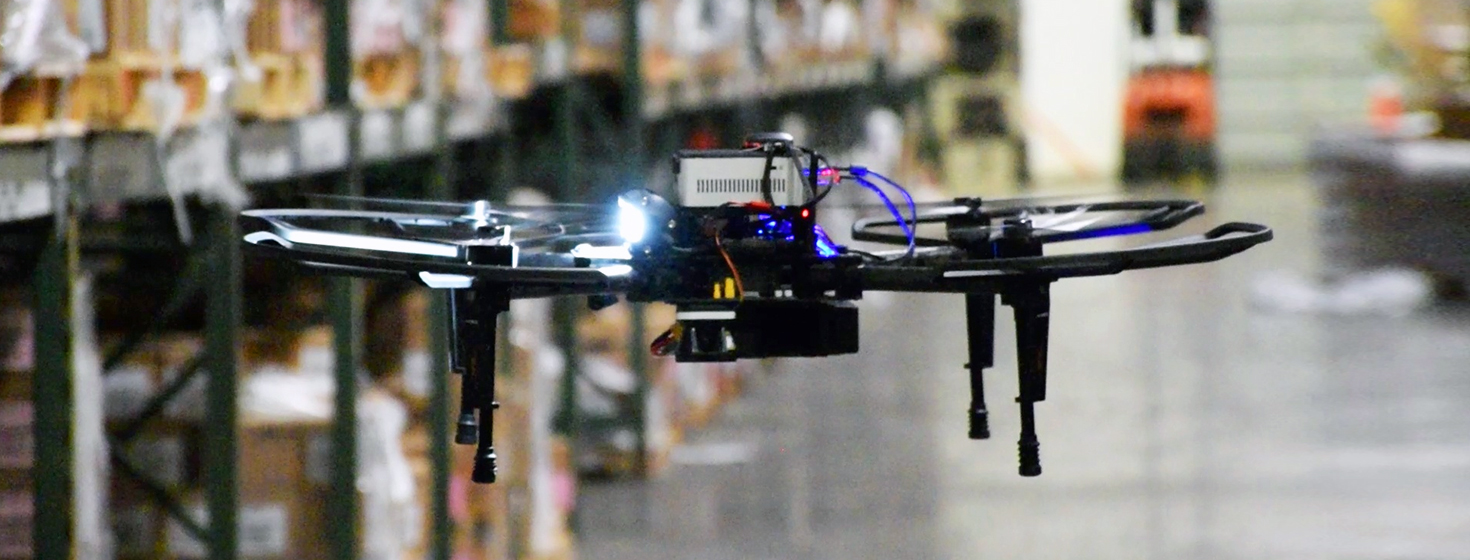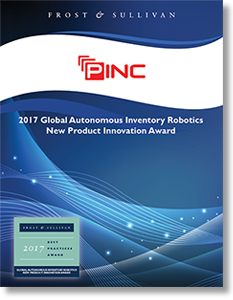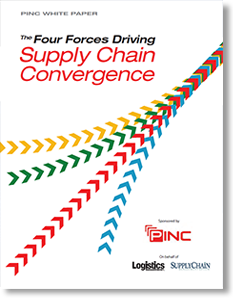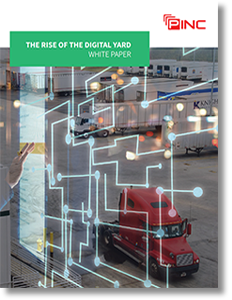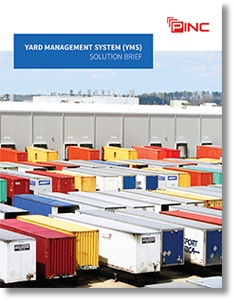7 Reasons for Using Autonomous Robots in Your Warehouse
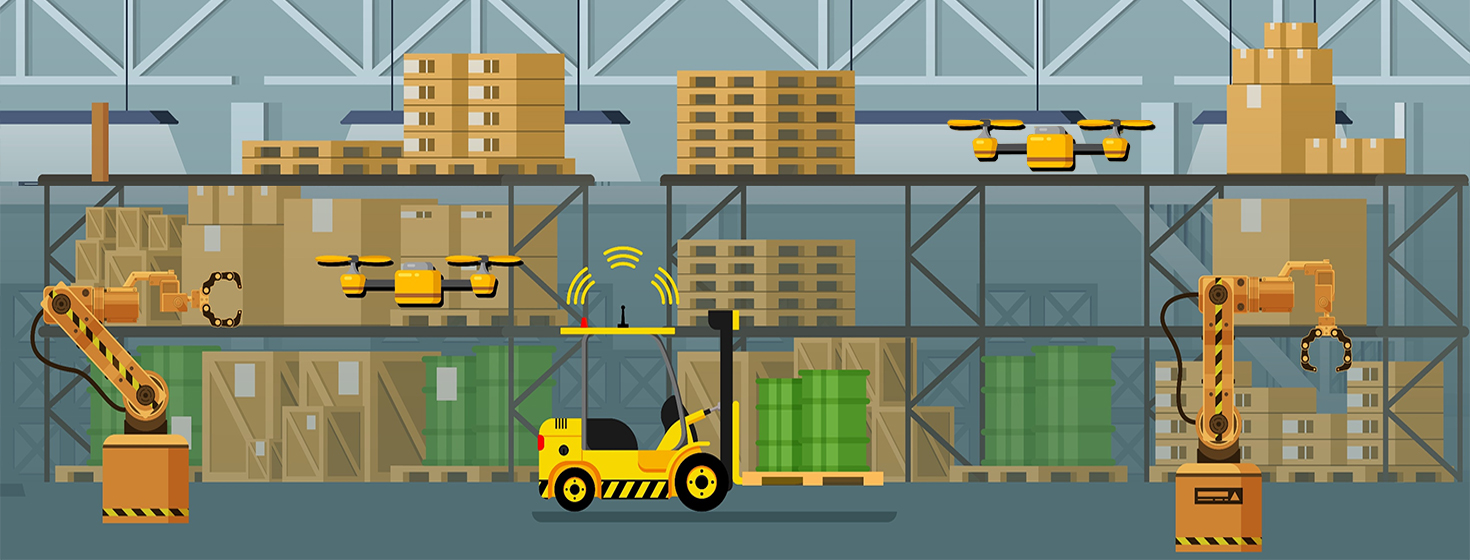
Here are the main reasons why your company needs to start integrating autonomous robots into its supply chain in 2018.
Using Autonomous Robots in Your Warehouse
If all of the buzz around using autonomous robots in the supply chain has you wondering exactly why you would invest in robots that aren’t controlled by outside commands, here are seven good arguments to help you make your decision (or present the idea to the C-suite and other stakeholders):
- Reduce both direct and indirect operating costs. “The implementation of autonomous robots could primarily drive value by reducing direct and indirect operating costs and increasing revenue potential,” Deloitte points out in Using autonomous robots to drive supply chain innovation.
- Reduce labor costs and increase productivity. Autonomous robots can work continuously and around the clock without fatigue.
- Improve safety records. “Employee safety can be improved in highly hazardous environments, and insurance and injury leave costs can be reduced significantly,” Deloitte notes. In the distribution center, for instance, robots can seamlessly zip past each other, humans, or other moving objects thanks to advanced collision avoidance capabilities, which are processed as quickly as any human can react to potential accidental run-ins.
- Enable quick ramp-ups to meet seasonal demands. Available labor, particularly during peak holiday months, cannot always meet seasonal demands. However, companies can turn to robots to improve operations and meet labor demands. “During the holiday season,” Deloitte reports, “some warehouses have even used robots to quickly train temp workers so that they could add value in as little as two days of training.”
- Increase customer loyalty. When used in material handling or process-centric scenarios, autonomous robots can help reduce errors and improve cycle times in a way that helps to increase customer loyalty and drive sales growth.
- Allow humans and robots to work side by side. Humans can work directly with collaborative robots, according to Deloitte, easily training them with programmable movements and then handling material and sorting packages side by side with them.
- Create major efficiencies. Autonomous robots can test, pick, pack, sort, build, inspect, count, or transport materials of various sizes and weights faster and more efficiently than ever. Drone technology combined with autonomous navigation and artificial intelligence is being used to understand inventory levels and location within warehouses and enabling organizations to move inventory faster throughout the supply chain. The companies investing in aerial robots are also redirecting their staff to handle high-value activities and empowering their teams with rich information, which can then be revisited at any point and time and can be used to make better decisions.
As autonomous robot technology continues to advance and improve, expect even more benefits to be added to this list.
“As supply chain operations continue to shift focus to direct customer needs,” Deloitte concludes, “autonomous robots can serve the end consumer with better service and faster response times.”
Related: Warehouse Drones Ready for Digital Inventory Management
Related Resources
Using Autonomous Robots to Drive Supply Chain Innovation
This paper details how new technologies are presenting promising opportunities for improvement across the supply chain and how autonomous robots and drones are poised to change the game. Download Now!
Global Autonomous Inventory Robotics New Product Innovation Award
This best practices research paper details the PINC Air inventory robotics solution with its quick deployment model, faster inventory velocity, product ingenuity, and rapid ROI underscoring the decision for PINC to win Frost & Sullivan’s 2017 New Product Innovation Award. Download Now!
The Four Forces Driving Supply Chain Innovation
When supply chain professionals discuss supply chain execution, their focus is typically put on transportation management systems and warehouse management systems, the yard management systems capability and importance is mistakenly undervalued. Download Now!
The Rise of the Digital Yard
In this white paper we explore the rise of the digital yard and show how technology is enabling significant efficiencies, productivity gains, and cost containment in a world where every penny added to the bottom line positively impacts organizational success. Download Now!
Solution Brief: Yard Management System
Yards are the intersection between warehouses and transportation, they are a critical linkage in logistics management practices and have a significant impact on the overall efficiency of the supply chain. Download Now!
More PINC Resources
Article Topics
PINC News & Resources
Transport Analytics for Enterprise Rail Visibility Mobile Device Procurement, Service, and Support for Industrial & Finished Goods Shippers Merger of Best-in-Class Supply Chain Companies PINC, ShipXpress, and RailCarRX Providing Enhanced Yard Management Services and Solutions to Enterprise Customers 2020 State of Yard Management Report: Identifying a Truckload of Savings Across Your Network The Impact of Digital Yard Management on Enterprise Transportation Costs and Capacity The Increasing Demand for Digital Yard Management Systems More PINCLatest in Warehouse|DC
Spotlight Startup: Cart.com Walmart and Swisslog Expand Partnership with New Texas Facility Taking Stock of Today’s Robotics Market and What the Future Holds U.S. Manufacturing Gains Momentum After Another Strong Month Biden Gives Samsung $6.4 Billion For Texas Semiconductor Plants Walmart Unleashes Autonomous Lift Trucks at Four High-Tech DCs Plastic Pollution is a Problem Many Companies are Still Ignoring More Warehouse|DC

